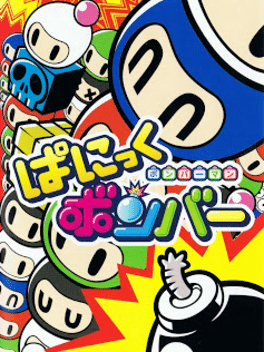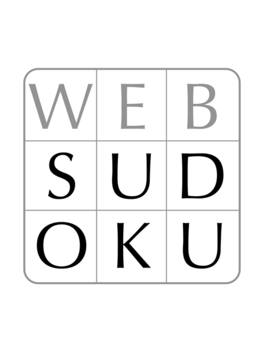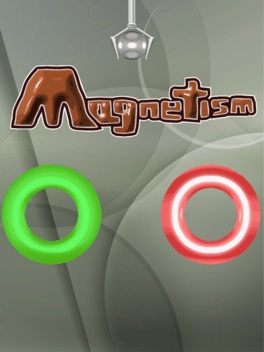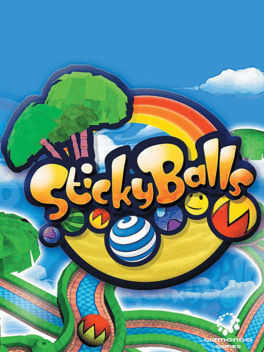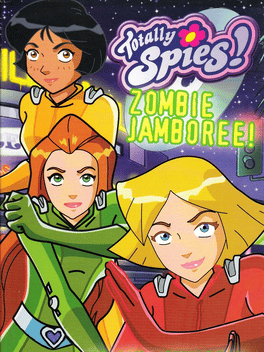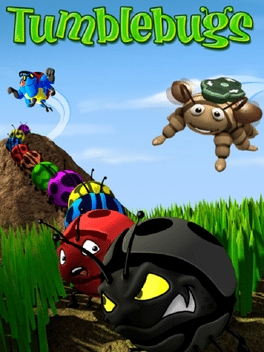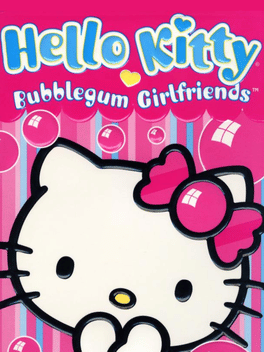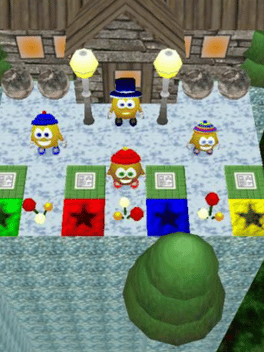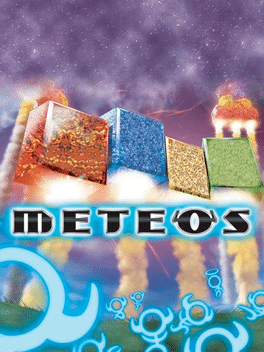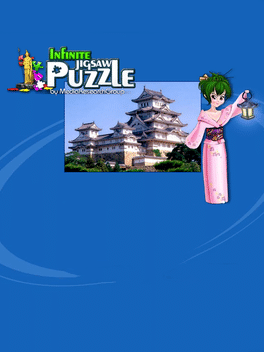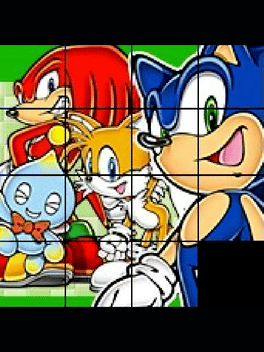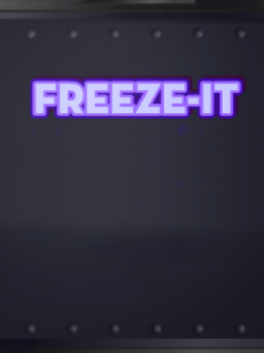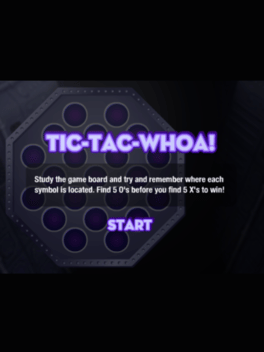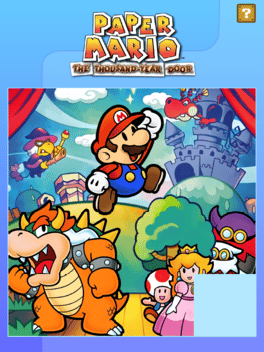New Puzzle Games - Page 245
-
Super Collapse! II Platinum
2005
One of the most popular and addictive games to ever hit the web goes Platinum! Now with over 120 challenging puzzles, this updated edition also includes all new blocks, music, sound effects and more! Even post your scores to the Global High Score list and see how you rank with other players! Collapse fans will also find the full original Collapse, with enhanced graphics, sound effects and some surprises. The ultimate version of a classic hit, go Platinum today! -
Way Out
2005
-
Web Sudoku
2005
Web Sudoku
2005
To complete the Sudoku puzzle, enter numbers into the spaces so that each row, column and 3×3 box contains the digits 1 to 9 without repeats. -
Magnetism
2005
Magnetism
2005
A physics puzzle game in which players must drop a metal ball into a cup. Red magnets will attract the ball, green magnets will repel it, while electromagnets can be turned on and off. There are 2 different game modes: one where the claw is controlled with your mouse while the other allows the ball to be controlled by the arrow keys. -
Sticky Balls
2005
Sticky Balls
2005
Sticky Balls is an action puzzle game published by Gizmondo Studios and developed in Manchester and designed by John and Ste Pickford. Sticky Balls uses a pool-like interface where the player utilizes a spring-loaded rod to shoot brightly colored balls at each other. Bouncing the balls against the table walls doubles the score of the shot but hitting a ball of a different color, or failing to hit anything causes the player to lose a turn. -
Huarongdao
2005
-
Smart Bomb
2005
Smart Bomb
2005
Smart Bomb test your skills, the puzzle game for the PSP developed by Core Design Ltd. -
Tumblebugs
2005
Tumblebugs
2005
Tumblebugs is a casual game of the match-3 genre. Players are required to shoot different coloured balls into a existing queue to make groups of three or more of the same colour, scoring points for larger groups and activating powerups. The game takes place across over 30 distinct backgrounds and over 70 different levels which are divided into 12 stages and 5-8 rounds per stage. The story is based around the hero, Tumble, who is saving her tumblebug friends from the evil Black Bug Empire. Tumble is the mechanism by which the player shoots the balls to make matches. -
Hello Kitty: Bubblegum Girlfriends
2005
Hello Kitty: Bubblegum Girlfriends is a series of 8 minigames featuring Hello Kitty and her friends. -
Wonderland Secret Worlds
2005
The unique mix of puzzle solving and arcade/action is back in Wonderland Secret Worlds. A magical storm has blown into Wonderland and swept away the little Stinkers. It is up to you to rescue them. Control Wonderland's four heroes - Stinky, Loof, Qookie, and Peegue - through over a hundred new levels in the diverse worlds of Wonderland. -
Meteos
2005
Meteos
2005
star 8.3An evil planet named Meteo is sending storms of world-ending meteors across the galaxy, and only your puzzle skills can stop them. As blocks drop down on the lower screen, you must use the DS's stylus to match up blocks of the same color. Once you have enough blocks connected, they'll shoot back into the sky to form planets on the upper screen. -
XraYe
2005
-
Sonic Slider
2005
Sonic Slider
2005
Sonic Slider is an online Flash game published on the 4Kids TV website by 4Kids Entertainment in January 2005 to promote the then-airing anime series, Sonic X. It is a Sonic-themed sliding puzzle. -
Freeze-It
2004
-
Tic-Tac-Whoa!
2004
